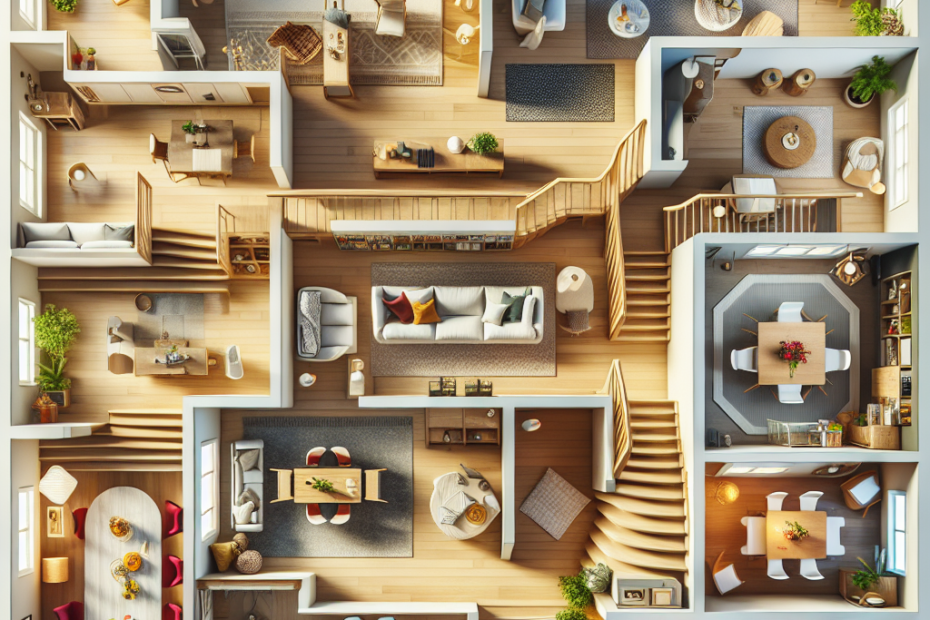When it comes to designing spaces, homeowners and interior enthusiasts often prioritize style, function, and comfort. However, for rooms with high traffic, it’s essential to focus on strategic furniture placement as well. With expert High-Traffic Furniture Tips, anyone can transform bustling spaces into organized, welcoming, and functional areas without compromising on aesthetic appeal.
One of the most crucial aspects of managing high-traffic areas is understanding the natural flow of movement in a room. According to a study by the American Institute of Architects (AIA), properly planned spaces can improve efficiency by up to 30%. For those who aim to achieve seamless movement, identifying and respecting these natural pathways is the first step.
Creating distinct zones within a high-traffic area can bring order and comfort. Zones can be defined by purpose, like dining, relaxation, or work zones. Use rugs, lighting, or groupings of furniture to visually separate these spaces without creating physical barriers. The separation helps contain activities, reducing chaos and making the space inviting.
In spaces where every square foot is crucial, multi-functional furniture becomes invaluable. A report by the International Journal of Design highlights that multifunctional furniture can reduce occupied space by 20% while expanding usage capability. Examples include sofa beds, extendable tables, or storage ottomans that offer versatility and help maintain a clutter-free environment.
Strategic furniture placement can significantly influence a room’s functionality and flow. Start by placing larger pieces like sofas and tables first, keeping them close to walls or corners to maximize open floor space. Tables and seating should be arranged to create an inviting atmosphere without interrupting traffic lanes.
Overcrowding is a common pitfall in high-traffic areas. Avoid unnecessary furniture and decorations that can obstruct movement and cause visual distraction. A rule of thumb is to leave enough space around furniture pieces— ideally a minimum of 18 inches—to ensure a comfortable passage.
| High-Traffic Furniture Tips | Benefits |
|---|---|
| Understand Traffic Flow | Improves room efficiency by up to 30% |
| Create Functional Zones | Enhances order and defines space |
| Utilize Multi-functional Furniture | Reduces clutter and optimizes use by 20% |
| Avoid Overcrowding | Ensures easy movement and less visual clutter |
Durable materials that withstand wear and tear are essential for high-traffic furniture. Fabrics like leather or microfiber and sturdy woods or metals are ideal for maintaining longevity. A survey published by Statista in 2022 indicated that 60% of homeowners prioritize durability when selecting furniture for busy areas.
High-traffic areas benefit from flexible arrangements that allow easy reconfiguration. Light-weight and mobile furniture offer adaptability, making it simpler to adjust the setup as needs change. Look for furniture with wheels or foldable elements for added convenience.
Lighting and decor play supporting roles in enhancing the usability of high-traffic rooms. Good lighting improves visibility and safety, while minimalistic decor reduces clutter. Wall-mounted elements and vertical decorations are preferable to free up floor space.
Key Takeaways
- Understanding movement patterns enhances space efficiency by up to 30%.
- Zones help create organized, welcoming environments.
- Multi-functional furniture reduces clutter by expanding utility by 20%.
- Avoidance of clutter ensures smoother traffic flow and aesthetic appeal.
- Durable materials are essential for longevity in high-traffic zones.
FAQ
- What is the first step in arranging high-traffic furniture?
Identify and understand the natural flow of movement to maximize space efficiency.
- How much space should be left around furniture in high-traffic areas?
A minimum of 18 inches should be left to ensure comfortable passage.
- Why is multi-functional furniture recommended for high-traffic areas?
It helps save space by expanding functionality and reducing clutter.
- What materials are best for high-traffic furniture?
Durable materials like leather, microfiber, sturdy wood, and metal are ideal.
- How can lighting improve high-traffic areas?
Good lighting improves visibility and safety, aiding overall functionality.
By following these High-Traffic Furniture Tips, homeowners can optimize their spaces for balance and dynamism, ensuring they remain both functional and inviting.
